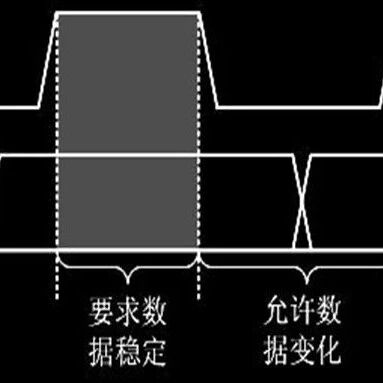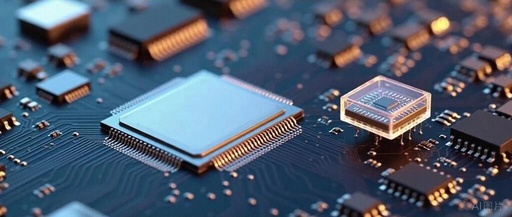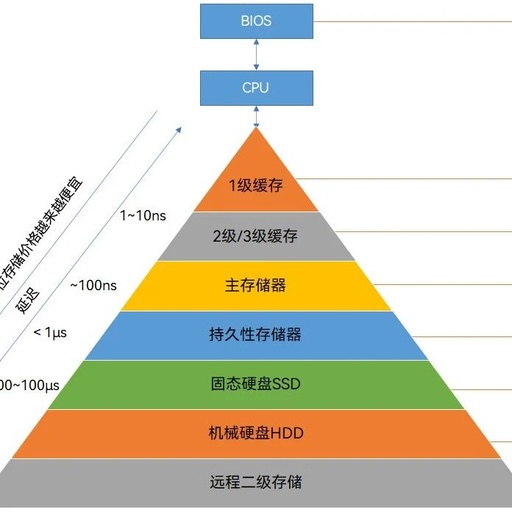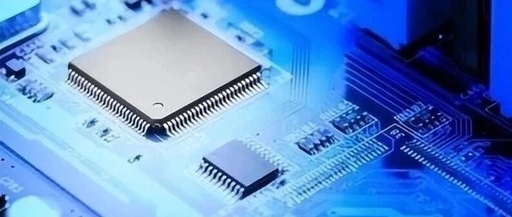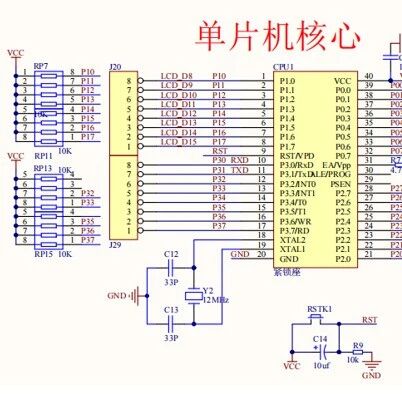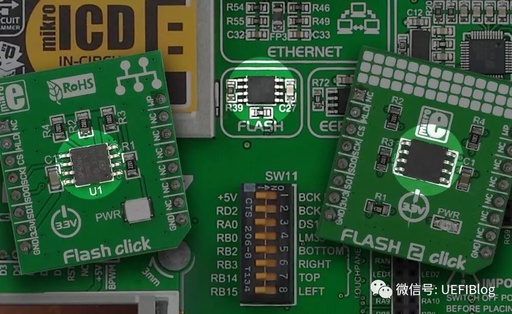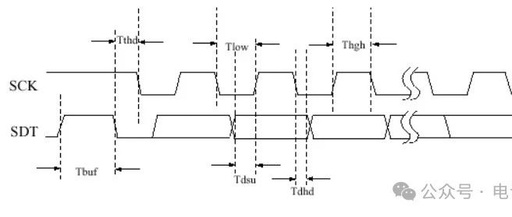ESP32 RTC RAM EEPROM: Methods for Persistent Data Storage in Deep Sleep, Saving Your Flash Memory
Introduction In embedded development, the persistence of stored data is crucial. The ESP32 offers various storage options, with flash memory being the most commonly used medium. However, flash memory has a limited number of write cycles, and frequent writes can shorten its lifespan. In particular, the EEPROM implementation of the ESP32 stores data in the … Read more

